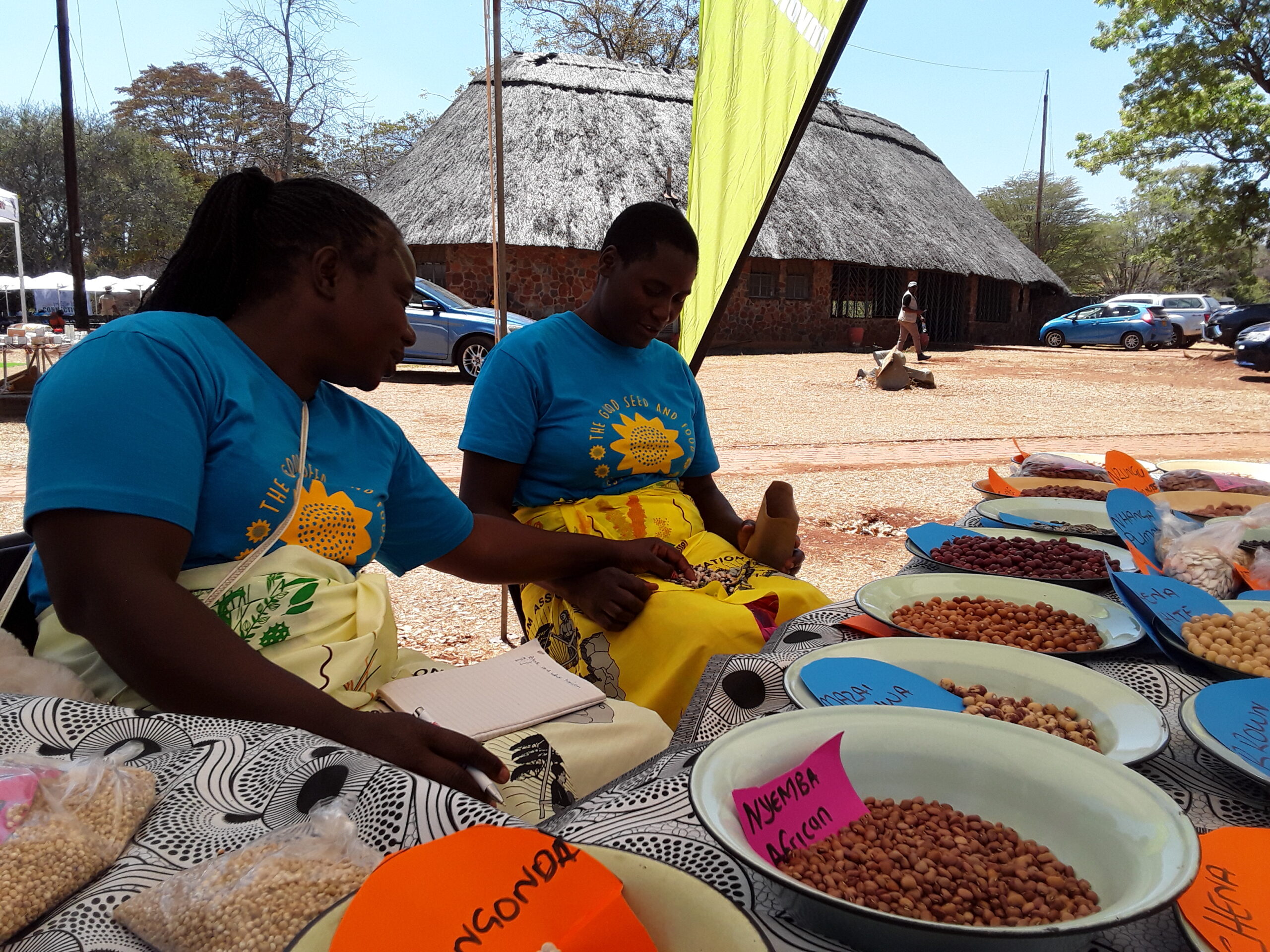|
Getting your Trinity Audio player ready...
|
By Joyce Chimbi
Harare, Zimbabwe: Gone are the days when certain types of birds would fly around in cycles across rural villages, and the smell of the rain would be in the soil and in the air, and the farmer would look at the skies to see the clouds gathering and it would be time to put the seed into the ground. For not long after, the rains would fall and the seasons were, without fail, predictable.
Today, peasant farmers say the sun is too close to their farms, and with nearly 94 percent of Africa’s agricultural activities being rainfed, accounting for an estimated 80 percent of staple food production, Africa’s food basket is getting lighter from one harvesting season to the next.
“Edible Indigenous wild plants and even medicinal plants to treat common ailments such as stomach ache, diarrhea and vomiting, deworming, and wounds are slowly disappearing due to the damage to our environment. Africa’s rich native diversity of species has been overlooked in favour of exotic species,” says Jonathan Fusirayi, a farmer and agroecology independent researcher based in northeastern Zimbabwe.
“This has proven to be a misstep and a major setback towards food security since such foreign species cannot withstand unpredictable weather. Our traditional plants grown using sustainable farming that works with nature are much more adaptable to changing dynamics in weather patterns,” he said.
As weather patterns oscillate between deadly floods and drier-and-hotter-than-normal conditions – come rain or sunshine – the number of people experiencing hunger or heightened risk of food insecurity keeps rising. Strides made towards food security between 2000 and 2010, were eroded by a combination of shocks including climate change between 2019 and 2022.
To counter a worsening food crisis situation, people’s and social movements such as Zimbabwe’s National Good Seed and Food Festival are now playing a critical role in raising awareness about traditional farming practices, traditional dietary knowledge, seed saving, and market information sharing to influence food choices and reduce staggering malnutrition levels as 1 in 3 children in Africa live in severe child food poverty.
Fusirayi was speaking during the Good Seed and Food festival about agroecology as the route to Africa’s food sovereignty, decrying that despite the continent holding about “65 percent of the world remaining uncultivated arable land and an abundance of fresh water, among the 45 countries and regions globally in need of food assistance, 33 of them are in Africa.”
“Those of us practicing agroecology has proven that this is an approach that protects biodiversity, protects and improves soil health, promotes cultivation of a variety of crops to ensure that family farmers have access to a balanced nutritious diet, and it also promotes movement building and empowers communities,” he says.
Lilian Kaitano attended the festival and spoke extensively about farming through agroecology as a cost-effective, high-impact, and sustainable farming system. She grows small and big grains as well as fruits and vegetables on her farm in northern Zimbabwe.
Stressing that agroecology is the most empowering farming approach for women smallholder farmers as it gives women, who have always been friends of the Earth an opportunity to grow food while caring for the environment. Nearly all the stalls at the festival were being run by women.
While interacting with buyers, researchers, students, farmer organizations, and groups, they exhibited depth and breadth in their understanding of agroecology, and its potential to revolutionize rural development and innovation across the continent.
“One day I attended a farmer’s training and learned about agroecology and I realised that it was not different from how my parents and their parents before, produced food on their farms. Everything we needed to produce food crops was on the farm. I grew up seeing neighbors exchanging seeds and there was always a bumper harvest and plenty of food until we lost our ways. Chemicals are not good for us, for our farms, and the future of agriculture,” Kaitano says.

“Think about it, agroecology has a solution for every challenge you face producing food. I’m always busy on the farm, where the crops feed my farm animals and my animals feed my farm and they both feed our household of six while also providing other household needs such as health care and school fees,” she adds.
Fusirayi affirms. Indicating that with agroecology, nothing goes to waste, and women smallholder farmers are increasingly embracing farming in step with nature even with limited resources as “they can save their own seeds, produce their own manure and pesticides using farm waste and have a reliable source of income throughout the year producing a variety of crops.”
He reiterated that women across the African continent play a critical role in agrifood systems, “producing up to 80 percent of the continent’s food. Due to historical gender inequalities, women do not always have resources such as finances. But with agroecology, you use what you have to get what you need. As long as you have access to land, you will make gradual steps. Borrow seeds and start, and the farm will provide whatever else you need. If we take of the environment, the environment will take care of us.”














